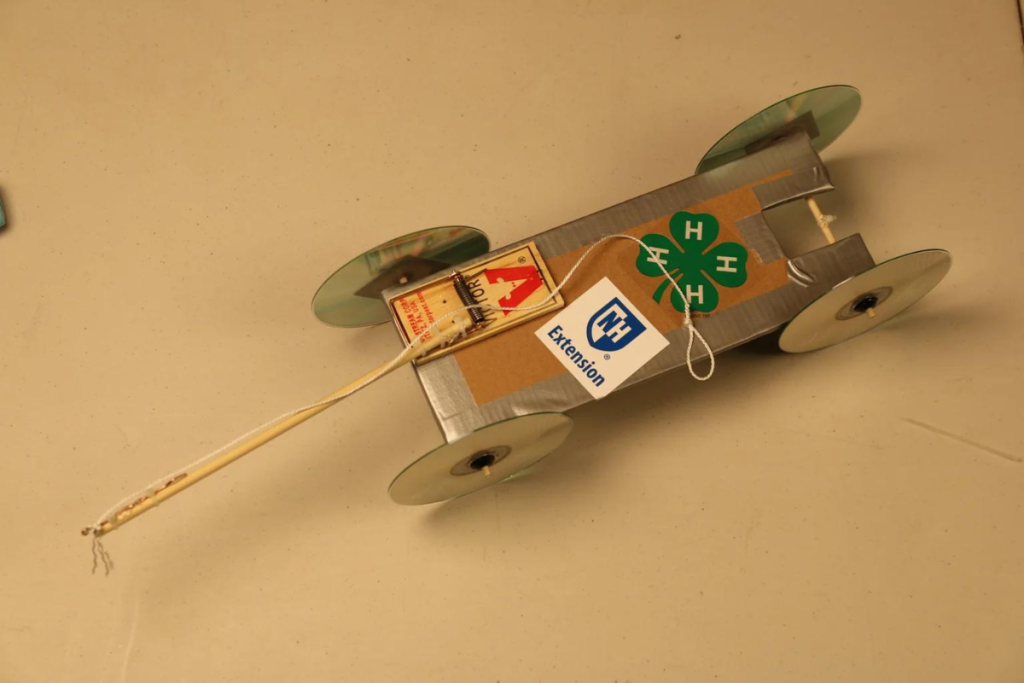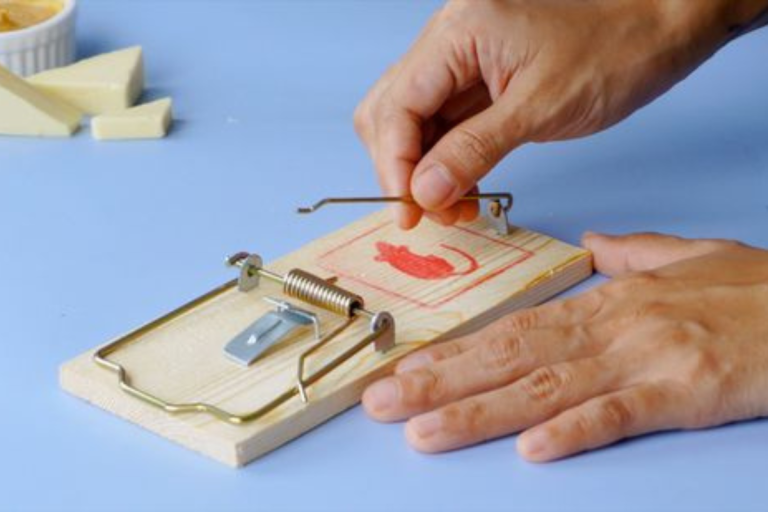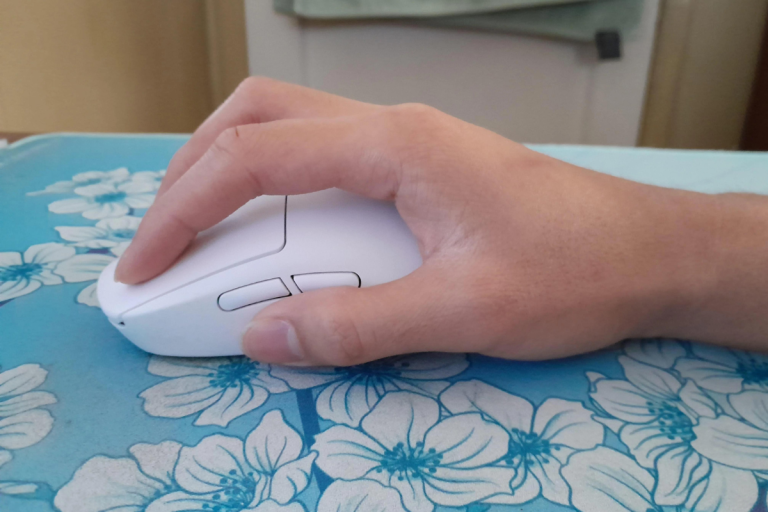How does a mousetrap car work?
The key is in the clever use of energy. you wind the string attached to the trap, it stores energy. Release it, and the trap springs back, pulling the string and spinning the wheels. Voil Your car zooms ahead. It’s a fun way to see physics in action and learn about potential and kinetic energy.
History of Mousetrap Cars
Mousetrap cars are not just a modern-day science project. They have a fascinating history that dates back many years.
Origins
The idea of using a mousetrap to power a small vehicle first emerged in the 20th century. Inventors and tinkerers were always looking for new ways to demonstrate scientific principles in a fun and engaging manner.
Using a mousetrap was a clever way to teach kids about energy conversion. The spring in a mousetrap stores potential energy. When released, this energy turns into kinetic energy, propelling the car forward.
These early mousetrap cars were simple. They often consisted of a basic wooden frame, a mousetrap, and some wheels. But even then, they were a hit, sparking curiosity and creativity.
Evolution
Over the years, mousetrap cars have become more sophisticated. As materials and design knowledge improved, so did the cars. Today, mousetrap cars come in various shapes and sizes, often featuring lightweight materials like plastic and advanced design elements for better speed and efficiency.
Competitions and educational programs have further driven innovation. Builders now experiment with aerodynamics, friction reduction, and optimal weight distribution to create the fastest and most efficient mousetrap cars.
Exploring Physics with a Mousetrap Car
Building a mousetrap car is more than just a fun project; it’s a fantastic way to explore some basic physics concepts.
Energy Transformation
The car’s energy starts as potential energy stored in the wound-up string of the trap. As the trap is released, this potential energy converts into kinetic energy, which is the energy of motion. So, when the trap snaps back, it pulls the string, and the wheels start spinning.
Force and Motion
The force from the snapping trap creates motion by pushing the car forward. Think of it like a mini rocket boost for your car! The harder the trap snaps, the stronger the force, and the faster the car moves. However, the direction and speed of the car are controlled by how well you balance the wheels and the car’s weight.
Friction and Efficiency
Friction is the resistance that the car faces when moving on a surface. Too much friction slows the car down, so it’s important to reduce it. Using smooth wheels and ensuring they are aligned properly can help.
Troubleshooting Common Issues

Sometimes, your mousetrap car might not work as expected. Troubleshooting is part of the fun and learning process.
Car Won’t Move
If your car won’t move, the problem might be with the mechanism. First, check if the mousetrap is set up correctly. Make sure the string is wound tightly around the axle and that it isn’t slipping or tangled. If the string is too loose, it won’t transfer enough energy to the wheels.
Also, check if the wheels are touching the ground properly. They should be able to roll smoothly without any wobbling. Ensure no obstruction like dirt or debris might be stopping the wheels from moving.
Finally, verify that the trap is snapping back fully. The car won’t get the push it needs to start moving.
Wheels Won’t Spin
The wheels won’t spin, there might be an issue with the axle or the wheels themselves. Start by checking if the wheels are tightly attached to the axle. If they’re too loose, they might not turn when the axle spins. If they’re too tight, they might be pressing against the chassis and creating too much friction.
Lubricate the axle with a bit of oil or graphite powder to reduce friction and help the wheels spin more freely. Make sure the axle is straight and not bent, as a bent axle can prevent the wheels from turning properly. Also, confirm that the wheels are round and not damaged, as this can cause them to get stuck.
Frequently Asked Questions
1. How far can a mousetrap car travel?
A mousetrap car can travel anywhere from a few feet to over 30 feet. Factors like the design, weight, wheel size, and friction all affect the distance. Using a longer string and larger wheels can help increase the travel distance.
2. Can I use different types of mousetraps?
Yes, you can use different types of mousetraps, but traditional snap traps are the most effective. They provide a quick release of energy, which is ideal for propelling the car. Some other traps, like those with slower mechanisms, may not work as well for this purpose.
3. What materials work best for building a mousetrap car?
Lightweight and sturdy materials like balsa wood, foam board, and plastic are ideal for building a mousetrap car. For wheels, old CDs or lightweight plastic lids work well. A smooth, strong string, such as a fishing line or nylon cord, is best for transferring energy efficiently.
4. Is building a mousetrap car safe?
Building a mousetrap car is generally safe if you follow basic safety precautions. Always handle the mousetrap carefully to avoid getting pinched by the spring mechanism. Use safety glasses when cutting materials, and ensure an adult supervises if using tools like knives or glue guns.
5. How can I make my mousetrap car go farther?
To make your mousetrap car go farther, reduce the weight of the car and minimize friction in the wheels. Ensure the string is long enough to wind fully around the axle and use larger, smoother wheels to cover more distance.
Conclusion
The transforming stored energy into motion, a simple mousetrap can propel a small car forward, demonstrating key physics concepts.
Building and experimenting with these cars provides a hands-on way to explore potential and kinetic energy, force, and friction.
It’s an engaging project that combines creativity with science, making it perfect for budding engineers and curious minds alike.


